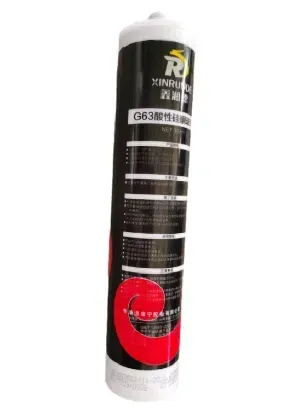loading...
- No. 9, Xingyuan South Street, Dongwaihuan Road, Zaoqiang County, Hengshui, Hebei, China
- admin@zjcomposites.com
- +86 15097380338
- Welcome to visit our website!
Innovative Solutions for Effective Waste Water Treatment Equipment and Technologies
Waste Water Treatment Equipment Essential Technologies for a Sustainable Future
Waste water treatment is a critical process in maintaining environmental health and promoting sustainability. As populations grow and industries expand, the need for effective waste water management becomes increasingly vital. Waste water treatment equipment plays a key role in this process, transforming polluted water into reusable resources and protecting ecosystems. This article will explore the various types of waste water treatment equipment and their functions, emphasizing their importance in contemporary society.
Overview of Waste Water Treatment
Waste water refers to any water that has been adversely affected in quality by human influence, including water from households, industries, and agriculture. The treatment process aims to remove contaminants and pollutants to enable safe discharge into the environment or for reuse. The complexity of waste water varies significantly; thus, various treatment methods and corresponding equipment are necessary.
Types of Waste Water Treatment Equipment
1. Pre-treatment Equipment Before waste water undergoes major treatment processes, it often requires pre-treatment to remove large solids and debris. Equipment such as screens, grit chambers, and fine separators are used here. Screens are designed to catch large debris like plastics and metals, while grit chambers settle out heavy particles like sand.
2. Primary Treatment Equipment In this phase, the goal is to remove settleable organic and inorganic solids through sedimentation. Primary clarifiers, which are large tanks that allow solids to settle at the bottom, are integral to this stage. The settled material, known as primary sludge, is then removed for further processing.
3. Secondary Treatment Equipment This stage focuses on biological processes to remove dissolved organic matter. Activated sludge systems, which utilize microorganisms to metabolize organic pollutants, are common in this phase. Aeration tanks or bioreactors provide the necessary environment for these microorganisms to thrive, while secondary clarifiers separate the biomass from treated water.
waste water treatment equipment

4. Tertiary Treatment Equipment To further polish the treated effluent, tertiary treatment may be employed. This can include filtration systems, chemical dosing units, and disinfection equipment. Technologies such as sand filters, membrane filtration, and ultraviolet (UV) disinfection help to ensure that the water meets safety standards before being released into the environment or repurposed for agricultural or industrial uses.
5. Sludge Management Equipment The leftover solids from the treatment process, known as sludge, require proper handling and disposal. Equipment such as centrifuges and digesters are employed to reduce sludge volume and sanitize it. Anaerobic digesters can convert organic material in sludge into biogas, which can be used as a renewable energy source.
Innovations in Waste Water Treatment Equipment
As technology progresses, innovations in waste water treatment equipment continue to emerge. These advancements not only improve treatment efficiency but also reduce operating costs and environmental impact. For instance, membrane bioreactor (MBR) technology integrates biological treatment with membrane filtration, offering a compact solution for waste water treatment with high-quality effluent. Additionally, smart technologies and automation allow for real-time monitoring and control of waste water treatment processes, enhancing overall effectiveness.
Environmental and Economic Importance
The implementation of effective waste water treatment equipment has far-reaching benefits. Environmentally, it protects water sources from pollution, preserves aquatic ecosystems, and mitigates the risk of waterborne diseases. Economically, treating waste water can alleviate the pressure on freshwater resources, providing an alternative source of water for industries and agriculture. This can lead to significant cost savings while promoting sustainable practices.
Conclusion
In conclusion, waste water treatment equipment is an indispensable component of environmental management in the modern world. From pre-treatment to sludge management, each type of equipment plays a unique role in ensuring that waste water is treated effectively and sustainably. As technological advancements continue, the potential for improving waste water treatment processes will only grow, paving the way for a cleaner, healthier planet. Embracing these innovations is critical as we work towards a sustainable future, where water resources are responsibly managed and preserved for generations to come.
-
The Rise of FRP Profiles: Strong, Lightweight, and Built to LastNewsJul.14,2025
-
SMC Panel Tanks: A Modern Water Storage Solution for All EnvironmentsNewsJul.14,2025
-
GRP Grating: A Modern Solution for Safe and Durable Access SystemsNewsJul.14,2025
-
Galvanized Steel Water Tanks: Durable, Reliable, and Ready for UseNewsJul.14,2025
-
FRP Mini Mesh Grating: The Safer, Smarter Flooring SolutionNewsJul.14,2025
-
Exploring FRP Vessels: Durable Solutions for Modern Fluid HandlingNewsJul.14,2025
-
GRP Structures: The Future of Lightweight, High-Performance EngineeringNewsJun.20,2025
